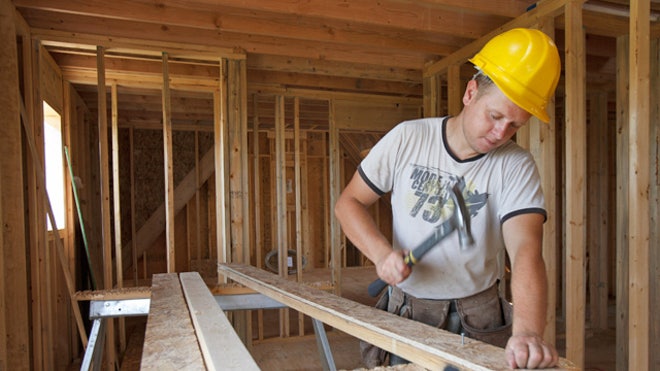Foreclosure Sales Hit Seven-Year Low in Q2
 Foreclosure sales are way down nationwide for the second quarter of 2014 with close to 115,000 reported, according to HOPE NOW's Q2 2014 data released earlier in the week. It was the lowest number of foreclosure sales reported for any quarter since HOPE NOW began tracking foreclosure data in 2007.
Foreclosure sales are way down nationwide for the second quarter of 2014 with close to 115,000 reported, according to HOPE NOW's Q2 2014 data released earlier in the week. It was the lowest number of foreclosure sales reported for any quarter since HOPE NOW began tracking foreclosure data in 2007.
The HOPE NOW data indicates that foreclosure sales were down 9 percent from Q1, when 126,318 were reported. Year-over-year, foreclosure sales dropped 27 percent from Q2 2013's total of 157,633. This number has not declined each quarter since Q2 2013, however; for Q3 2013, the number of foreclosures increased 5.5 percent up to 166,809, and then dropped each subsequent quarter.
Foreclosure starts are down 8 percent quarter-over-quarter, falling from close to 217,000 in Q1 to about 200,000 in Q2, according to HOPE NOW. Year-over-year, the number of foreclosure starts in Q2 experienced a significant decline of 38 percent from an estimated 323,000 in Q2 2013. Though foreclosure starts have declined significantly both quarter-over-quarter and year-over-year since Q2 2013, they actually increased from May to June in 2014. In May, 66,521foreclosure starts were reported compared to 69,394 in June, a change of 4 percent.
The number of borrowers more than 60 days delinquent on their payments has declined each quarter since Q2 2013, according to HOPE NOW. The Q2 2014 total was about 1.88 million, down 5 percent from 1.99 million in Q1and down almost 15 percent from 2.21 million in Q2.
HOPE NOW research reports that more borrowers are turning to non-foreclosure solutions, such as permanent loan modifications, short sales, and deeds in lieu, to avoid foreclosing. Nearly 421,000 borrowers took advantage of various foreclosure alternatives, nearly four times the number of foreclosure sales.

 Housing market trends kept their spring momentum in July—and are expected to remain solid in the months ahead,
Housing market trends kept their spring momentum in July—and are expected to remain solid in the months ahead, 

 , but many homebuyers start the process surprisingly unprepared to make this massive monetary commitment.
, but many homebuyers start the process surprisingly unprepared to make this massive monetary commitment.